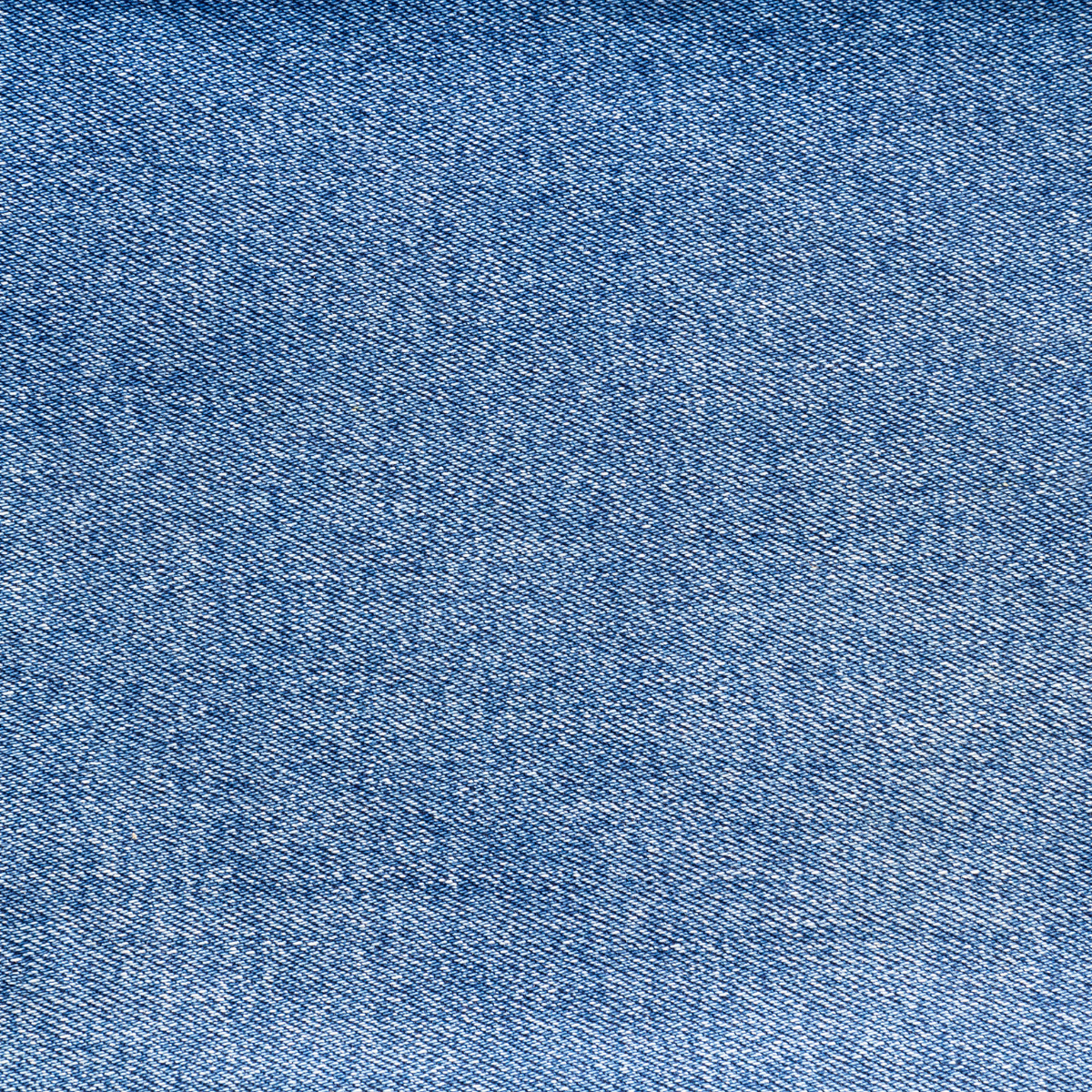
Materials and Techniques
Products in the store are either made from natural fibers like cotton, linen and wool or some special editions incorporate recycled or deadstock synthetic materials. In the textiles section below I describe some of my favourite materials to work with.
Colours are typically neutral or classic - especially for the basics. But if the occasion calls for it I’m not shy of an edgy pattern or pop of colour as it’s pattern and colour that give a piece energy. Then there is my obsession with Liberty prints. There is something about the history, stories and attention to detail in these prints that makes me pick them over my typical neutrals, especially when creating statement pieces or accessories for friends.
Creating a cushion cover or zippered pouch on a domestic sewing machine takes me an hour or two and the techniques I use are described below. Keep in mind, sewing is not just something I do to produce something, but also a hobby so these techniques will give a sense of satisfaction and a quality finish.
For when you really want to slow things down there is hand sewing. Patchwork, quilting and seed stitched detailing are traditional techniques that are easily adaptable to modern tastes.
Materials
-

Denim
The characteristic look of denim and its durability make it a fabric favourite.
Unfortunately denim (or cotton in general) is a water intensive cloth, one of the leading users of pesticides and has a notorious manufacturing history of exploitation. So not the most environmentally friendly fabric. However one of the biggest culprit in denim's unsustainability is the quantity produced each year. Any efforts to prolong our denim garments and re-use the fabric are helpful.
The denim used in shop products is supplied by Liberty, Mind the Maker and Denim Lab.
Caring for Denim
Wash inside out in a cold water. Try not to wash as much as other garments. The indigo dyes will release with wear and in the wash – it’s best to preserve the dyes as long as possible.
-

Wool
It’s tough to beat the style, warmth and wearability of wool.
The wool used in shop products is British tweed offcuts from Beyond Measure and Etsy vendors and Merino from The Fabric Store.
Caring for Wool
Some knits, like merino can cope with a gentle machine wash with a mild wool detergent. But for pure wool knits it’s better to hand wash. Soak your knit for 10 minutes before rinsing thoroughly in lukewarm water, and then cold water.
Wet wool stretches easily, so lay your hand-washed knit on a clean towel, and gently roll it up to draw the water out. Unroll, reshape your knit and let it dry on a new towel away from sun.
If pilling occurs, remove gently by hand, with a comb or opt for an electric depiller, which shaves off pills.
-

Cork
I have been so surprised by the durability of cork fabric and the beautiful way it ages with wear. It’s also water resistant and technically the cork can be harvested without having to cut the tree down.
The cork used in shop products is from Spain and supplied by División Textil.
Caring for Cork
Prepare some soapy water with a mild soap and use a soft cloth to gently rub over the cork accessory. Rinse the cloth well, squeeze out the water and wipe the accessory so that all the soap is gone. Leave to dry completely.
-

Linen
The beauty of linen is its character - crisp, breathable, lightweight and beautiful to touch.
The linen used in shop products is supplied by Nani Iro, Mondays Milk, Merchant and Mills or The Fabric Store.
Caring for Linen
Use lukewarm or cold water and a mild soap without bleach or brighteners. Hand wash or if using a washing machine, opt for a short and gentle cycle. iron while the fabric is still a little damp.

A fine fabric from Liberty
London’s iconic department store Liberty opened it’s doors in 1875. At the time under the name of East India House and selling fabrics from Japan, Persia, India and China. As business prospered Arthur Lasenby Liberty turned to Merton Abbey, in south-west London to produce the distinctive fabrics locally. Liberty fabrics are now printed in Italy and with their instantly recognisable pattern and colour remain one of the most beautifully made textiles. Working with these fabrics is such a pleasure and feature heavily in the collections I make.
-

Tana Lawn
This lightweight, densely woven cotton was introduced by Liberty’s fabric buyer William Haynes Dorell. Lawn fabric originally named for Laon in France is known as a fine grade of cotton while Tana Lawn is a speciality of Liberty. William called it Tana after Lake Tana in Ethiopia. The high thread count is what gives this fabric its silky feel and exceptional print detail and vivid colour retention.
-

Furnishing Fabrics
In 2012 Liberty bought back in-house the making home furnishing fabrics. My collection of remnant pieces from the 2012 Jubilee and 2013 Nesfield collection have been used to make one off cushion covers. The smaller fabric pieces feature in the tool kits and zippered pouches.
-

Silks, Denim & Oil Cloth
16 momme crepe de chine is one of the best silk bases for daytime wear – it’s effortlessly luxe, with a lightweight drape that’s made more durable by its matte, slightly rough surface.
Oil Cloth Tana is coated with a polyurethane resin treatment, for stain-repelling oil and water resistance. Oil Cloth Tana can be cleaned with a wet cloth, or a gentle machine washed at 30°C.


